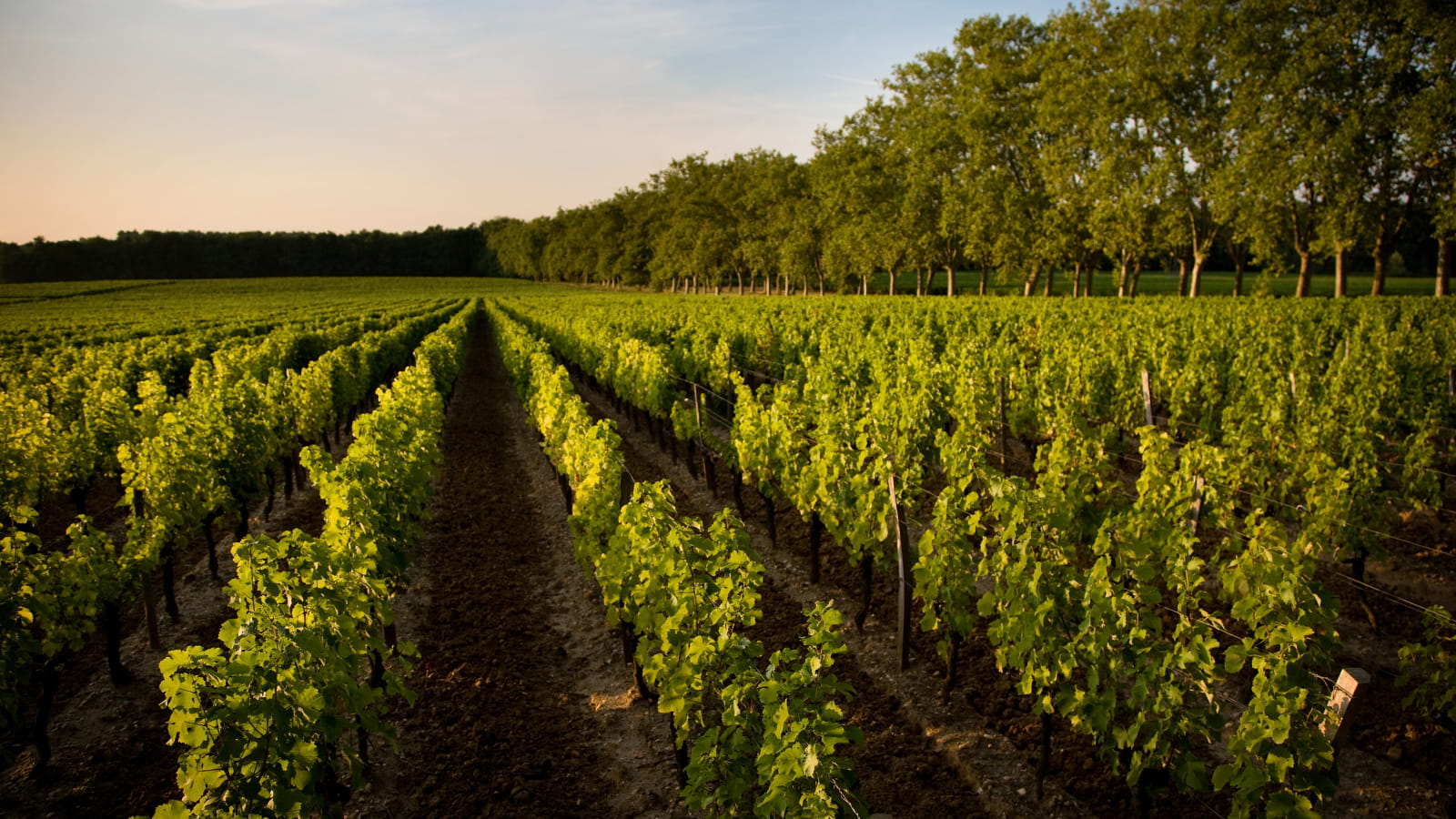
Wine-producing villages
Between the majestic classified châteaux of Pessac-Léognan and the small properties where the most beautiful vintages of Graves wines flourish, take the time to discover the wine treasures of Léognan, Martillac and Castres-Gironde.
Léognan
Capital of wine castlesThe commune of Léognan is essentially oriented towards the exploitation of the vine. It has no less than twenty-two large AOC wine châteaux, to which are added the small estates. A visit to one or more wine estates is a must during your stay in Montesquieu! You will be charmed both by the architecture of these rich residences and by the quality of the Graves wines of the Pessac-Léognan appellation. In particular, Château Olivier, a former 12th century seigniory, and Château La Louvière in neo-classical style.
In the village, don't miss the church of Saint-Martin de Léognan, which in the 11th century was a chapel on the road to Santiago de Compostela. The building, which was rebuilt in the 19th century, is cited by Viollet-le-Duc as an example of the Romanesque construction principle. It has kept its original apse with historiated capitals.
Enjoy a bucolic stroll around the Lac Bleu, a former gravel pit converted into a forest leisure park, surrounded by ferns and strawberry trees. The blue lake undoubtedly owes its special colour to the geological composition of its limestone soil.
Martillac
Between vineyards and lily of the valley fieldsNeighbouring Léognan, the village of Martillac also stands out by the importance of its wine-growing activity located in the area of the prestigious Pessac-Léognan appellation. The numerous châteaux are essentially small wine-producing estates, very few of which exceed about fifty hectares. The vineyard of Château Smith Haut Lafitte, which extends over 55 hectares, has been known since at least the 16th century. It was in the heart of these vineyards that "Les Sources de Caudalie", a prestigious vinotherapy establishment, was born in 1999.
Did you know that the best wine produced by Montesquieu came from his Rochemorin estate? This estate is now on the territory of Martillac!
Martillac is also known for its production of lily of the valley, which explains the presence of white bells on its coat of arms. After Nantes, it is the second largest lily of the valley in France, which was originally cultivated for its medicinal virtues.
Scattered around Martillac, a dozen or so so-called "de Montesquieu" markers - most of which were erected in the time of the philosopher - stand on the edge of old paths or in the middle of the moor. Engraved with a monogram, they indicate the ownership of the land to which they turn.
Castres-Gironde
Feet in the water, head on the hillsCastres-Gironde stretches from the banks of the Garonne to the hillsides where some of the most beautiful Graves crus flourish. Originally, the village was an active port on the Gât-Mort, where barges came to load resin from the Landes and barrels before heading for the Garonne.
Visitors to Castres-Gironde will find several themed walks around history, nature and wines. Lovers of architecture will be able to wander through the old streets of old Castres and visit the church which has preserved a pentagonal apse from the 11th century. Looking for nature? Head for the woods of Savis. This pretty wood reserves a fitness trail and several tables for family picnics!
